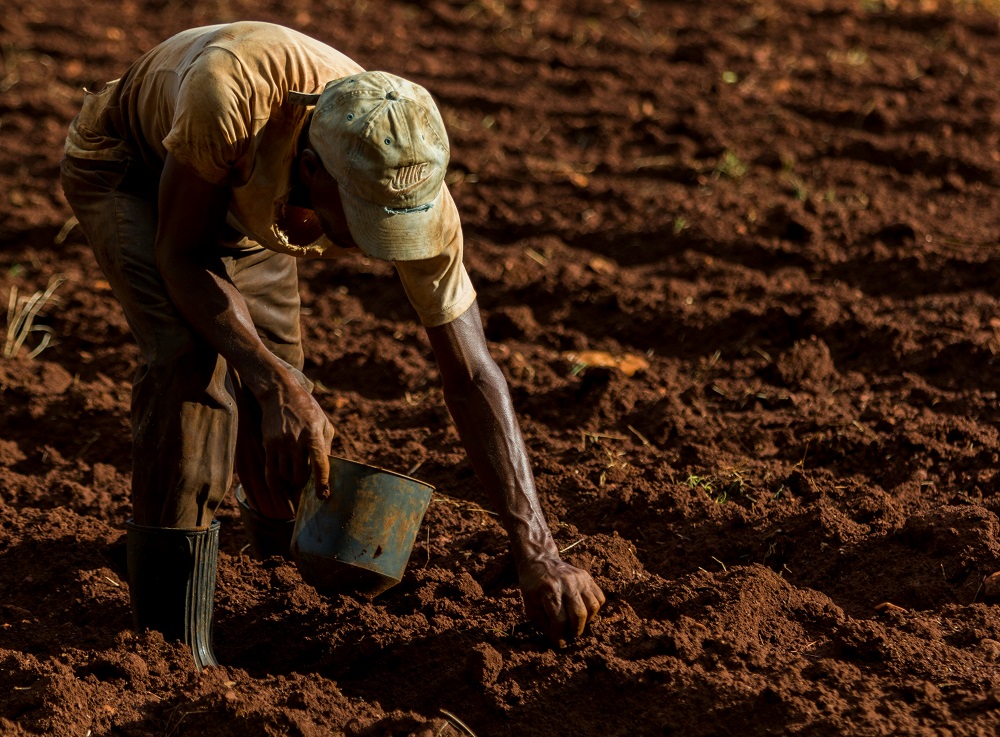Agricultural productivity has been failing to meet the targets necessary to feed the world’s growing population, says the latest Global Agricultural Productivity (GAP) report.
The annual GAP report, put together by Virginia Tech and partners, highlights the need to produce larger quantities of food—by using the same or even less land, labor, or fertilizers—to be able to feed as many as 10 billion people by 2050.
Sluggish growth, low supply
According to Thomas Thompson, associate dean at Virginia Tech’s College of Agriculture and Life Sciences, agricultural productivity has marked an annual growth of 1.14% since 2011, while the rate necessary for sustainable supply should be 1.73%.
“As a result, annual global productivity growth now needs to average 1.91% between now and 2050,” Thomas adds in a statement for Agri-Pulse.
Though we have the tools and knowledge to close the productivity gap, other issues, such as ineffective policies and system inequalities, persistently create new barriers for farmers.
“These barriers also impact farmer livelihoods, food security, and environmental health by causing farmers to use substandard and effective tools instead,” said Jessica Agnew, associate director of CALS Global.
Additionally, agricultural systems as we know them contribute to poverty, as $10 trillion is allocated yearly to cover the excess cost for the health and environmental impact AG has, the Food System Economics Commission (FSEC) Global Policy Report said.
Increasing output by harnessing biotech solutions
The GAP report highlights the need for biotech and science-based solutions in order to improve existing tools, as well as find new ones to help farmers sustainably increase productivity, as well as improve agricultural workers’ livelihoods, and protect the environment.
Climate change and its impacts on weather patterns make it more challenging for farmers to grow crops, as new studies show, but using biotech we can help create heat-resistant and pest-resilient plants.
AG productivity can be increased by taking approaches like gene editing and used to “design” and grow crops that absorb more fertilizer, enhance photosynthesis, and accelerate flowering, as this study carried out by the Chinese Academy of Agricultural Sciences (CAAS) has shown.
Gene editing can also help us reduce the use of crop protection products, like insecticides which in turn can help decrease the carbon footprint in food production.
“Collaboration between the public, private, and civil sectors is critical,” to ensure farmers can access the best tools for sustainable productivity, GAP said. Government departments must better coordinate policy measures “to seize the opportunities offered by transforming food systems,” FSEC added.




